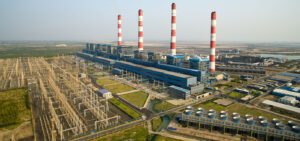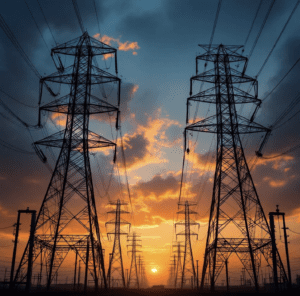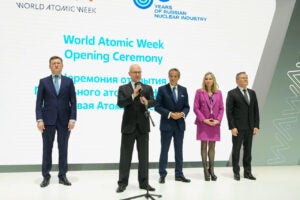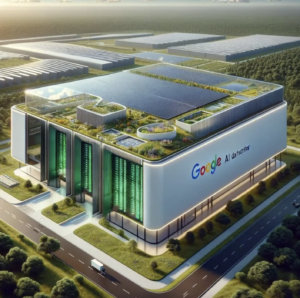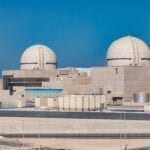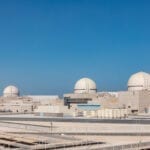A long-term energy strategy unveiled by leaders of the United Arab Emirates (UAE) in early January suggests that the federation on the Arabian Peninsula will increasingly rely on renewables to power its soaring economic growth.
The UAE’s energy strategy was unveiled by Vice President Sheikh Mohammed bin Rashid Al Maktoum, who is prime minister of Dubai. Sheikh Mohammed noted that the plan was the nation’s first unified energy strategy based on supply and demand. “The Gulf countries are similar in their economic structure, and we hope that we will one day have a unified [Gulf Cooperation Council] energy strategy in order to ensure sustainable growth for our people and global influence for our economies,” he added.
Under the strategy, the UAE will seek to increase the contribution of “clean energy”—nonhydro renewables and nuclear—in the total energy mix from the current 25% to 50% by 2050. In 2050, the country’s power mix should comprise 44% renewables, 38% natural gas, 12% “clean coal,” and 6% nuclear. The UAE will also embark on stringent energy-efficiency measures to slash residential energy consumption by 40%.
The UAE’s reliance on clean energy will help it save $190 billon, the strategy says. Meanwhile, the nation will invest $163 billion to meet growing demand and secure economic growth.
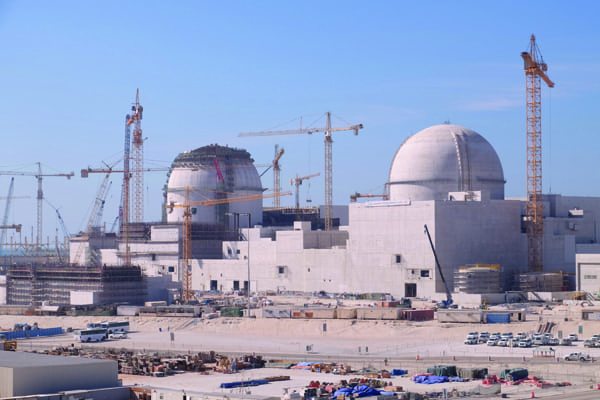
The nation is on track to begin operating the Middle East’s first nuclear power unit at the Barakah Nuclear Energy Plant by May (Figure 2). On January 7, the Emirates Nuclear Energy Corp. said that completion of the full project—four APR1400 reactors whose construction began in 2012—is slated for 2020. The project is being built by a consortium led by the Korea Electric Power Corp. Unit 1 is more than 93% complete, Unit 2 is 81% complete, Unit 3 is 67% complete, and Unit 4 is 38% complete, it said. The state-owned entity is now focusing on recruiting, training, and mobilizing nuclear energy professionals for the estimated 2,500 personnel positions it will need to fill to safely operate the plant by 2020.
—Sonal Patel is a POWER associate editor.


